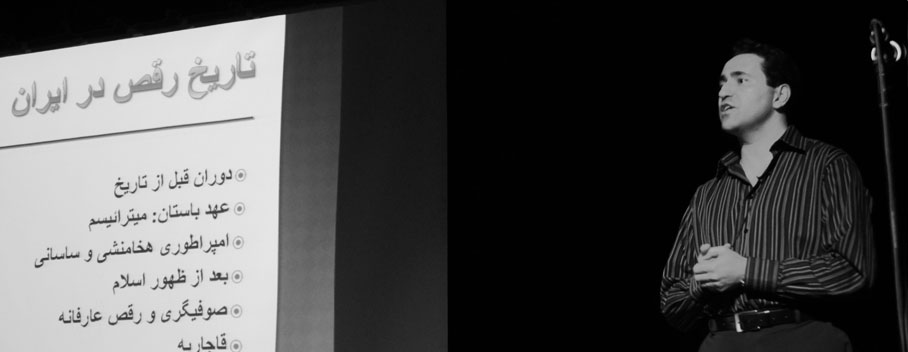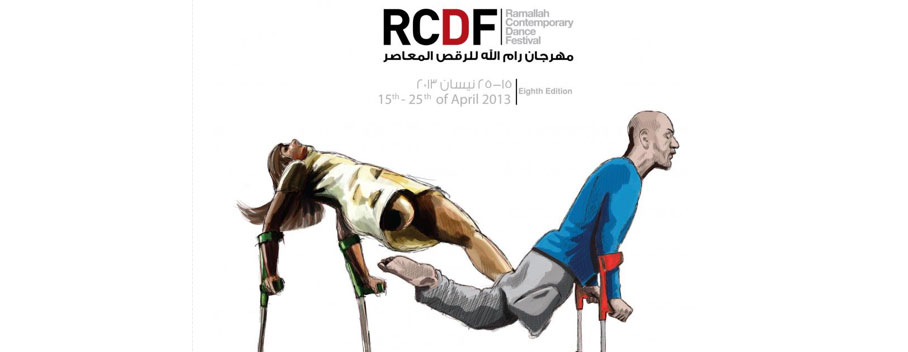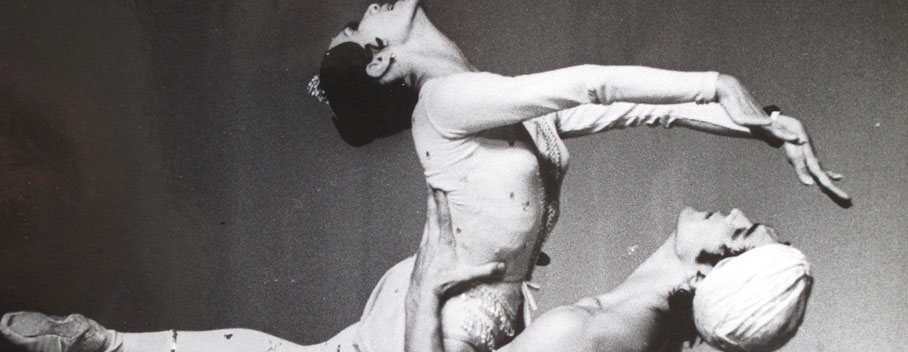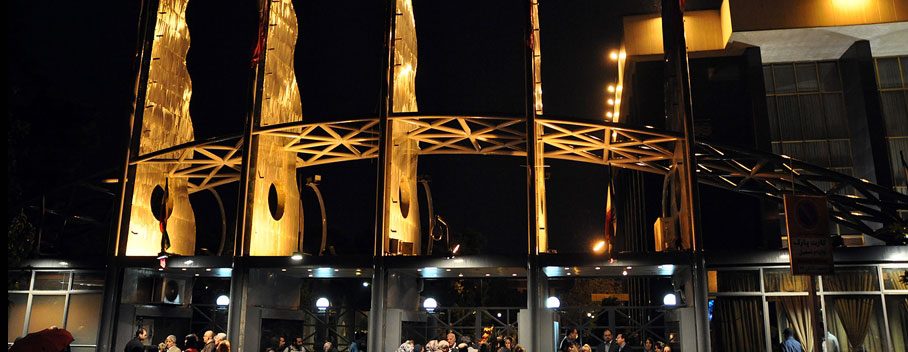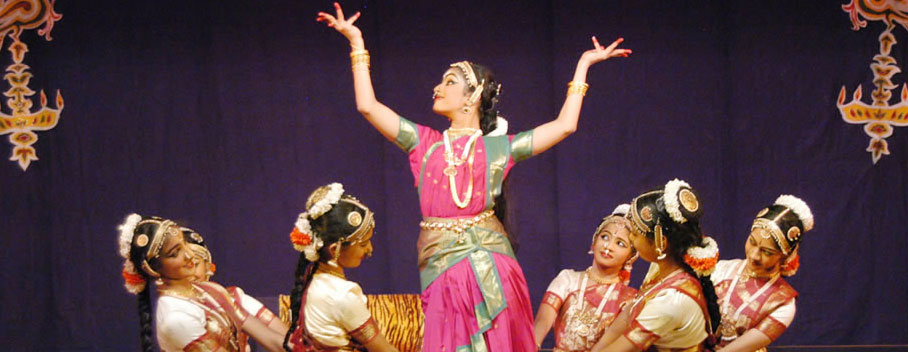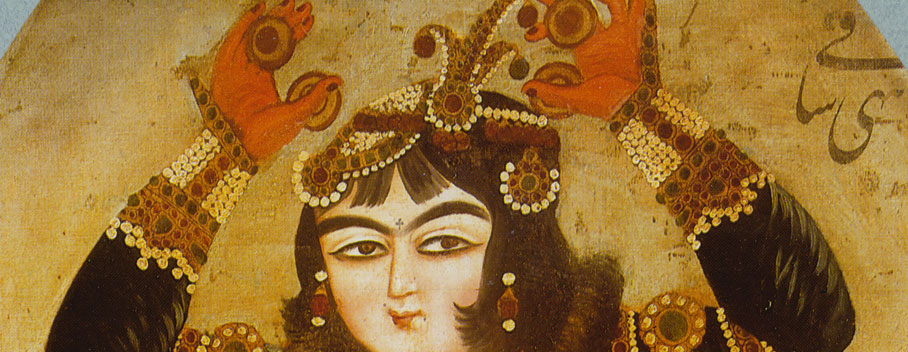"Treated as a ritual act of religious and spiritual ceremonies, the art of dance has been an inseparable part of the ancient society's every day life in major Eastern Empires."
- Nima Kiann
Dance as an art form has been recognized and practiced in the Middle Eastern civilizations long before it was promoted as a noble art in the West. Treated as a ritual act of religious and spiritual ceremonies, it has been an inseparable part of the ancient society's every day life in major Eastern Empires.
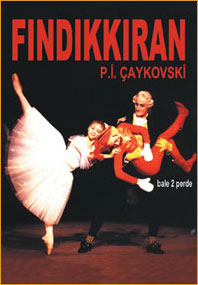 Yet the knowledge about the history, roots and developments of the art of Middle Eastern dance has been very limited. Few serious attempts have been done to make a survey of this artistic expression in the area. For me personally, as an art student, the lack of an in-depth research on the history and theory of dance in countries around the Caspian Sea, particularly ancient Persian dance, was the main obstacle to learn more about the subject.
Yet the knowledge about the history, roots and developments of the art of Middle Eastern dance has been very limited. Few serious attempts have been done to make a survey of this artistic expression in the area. For me personally, as an art student, the lack of an in-depth research on the history and theory of dance in countries around the Caspian Sea, particularly ancient Persian dance, was the main obstacle to learn more about the subject.
Later, when I as a dance professional started to make own research in history and scholar books and documents, mainly produced in the Western countries, to find out about facts on the history of ancient Middle Eastern dance I was amazed to discover a huge lack of knowledge.
This scarcity of knowledge ranged over not only the dance history in ancient civilizations of Middle East but also any knowledge about or recognition of the contemporary professional dance in countries such as Iran, Azerbaijan, Turkey, Egypt, Uzbekistan, etc.
The sad thing was to discover a shadow of ignorance, a lack of enthusiasm to make a survey on the Middle Eastern dance traditions by Western researchers and scholars. It was completely incomprehensible for me to find out that there is literally no knowledge about Iranian National Ballet that in its days of glory, just three decades ago, had become the most recognized and internationally acclaimed Middle Eastern ballet company.
It seemed unreal to discover that there was no information available in renown reference books such as LAROUSSE Dictionnaire de la Danse about the ballet and its background in countries like Azerbaijan, Uzbekistan, Tajikistan, etc. The absence of the names of many great prima ballerinas, male star dancers and choreographers of the Oriental world has been shining in other important reference books like the Oxford Dictionary of Dance. The ballet repertoire of Muslim countries appears to be mostly unknown to the Western scholars and ballet veterans.
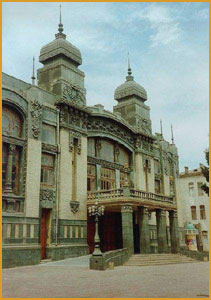 Some years ago I published articles with historical and theoretical overview about the Persian dance in the Internet. One of these articles, Persian Dance and Its Forgotten History, has been used through the years as a source of reference for study and research on Persian Dance and particularly the contemporary art of Iranian Ballet. Eversince several research works of dance students and scholars have refered to this document. The letters and enquiries from different universities in the US, Europe and even Iran have been very encouraging, yet pointing out the lack of knowledge in this area.
Some years ago I published articles with historical and theoretical overview about the Persian dance in the Internet. One of these articles, Persian Dance and Its Forgotten History, has been used through the years as a source of reference for study and research on Persian Dance and particularly the contemporary art of Iranian Ballet. Eversince several research works of dance students and scholars have refered to this document. The letters and enquiries from different universities in the US, Europe and even Iran have been very encouraging, yet pointing out the lack of knowledge in this area.
The main motivation of introducing this online research centre available for study on dance in general and particularly the art of ballet in
the Middle East is first to respond to a growing quest of information on this subject. Amazingly the above-mentioned webpage dedicated to make a survey of Persian dance history have had over 43 000 hits during a period of three years.
 Secondly I wish that this new web page, which I hope will continue improving constantly, will gain a recognition of the art of Middle Eastern dance and particularly Oriental ballet traditions in the West. In this regard the support and contribution of other enthusiasts and dance scholars is very much needed and appreciated.
Secondly I wish that this new web page, which I hope will continue improving constantly, will gain a recognition of the art of Middle Eastern dance and particularly Oriental ballet traditions in the West. In this regard the support and contribution of other enthusiasts and dance scholars is very much needed and appreciated.
Finally I would like to thank a fellow colleague, Dr. Anthony Shay, who has a unique place among scholars of dance history and theoreticians of the Eastern world. He has made a huge contribution to this web site by his articles.
Nima Kiann
Dance Scholar,
Founder and Artistic Director of Les Ballets Persans
August 2004
Press Release
August 20, 2004
Send your comments and articles to:
E-mail: info[at]easterndanceforum[dot]com
Fax number: +46 (8) 440 24 40
Address: C/o Les Ballets Persans
Box 3243
103 64 Stockholm
Sweden


